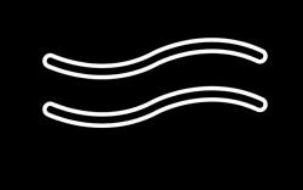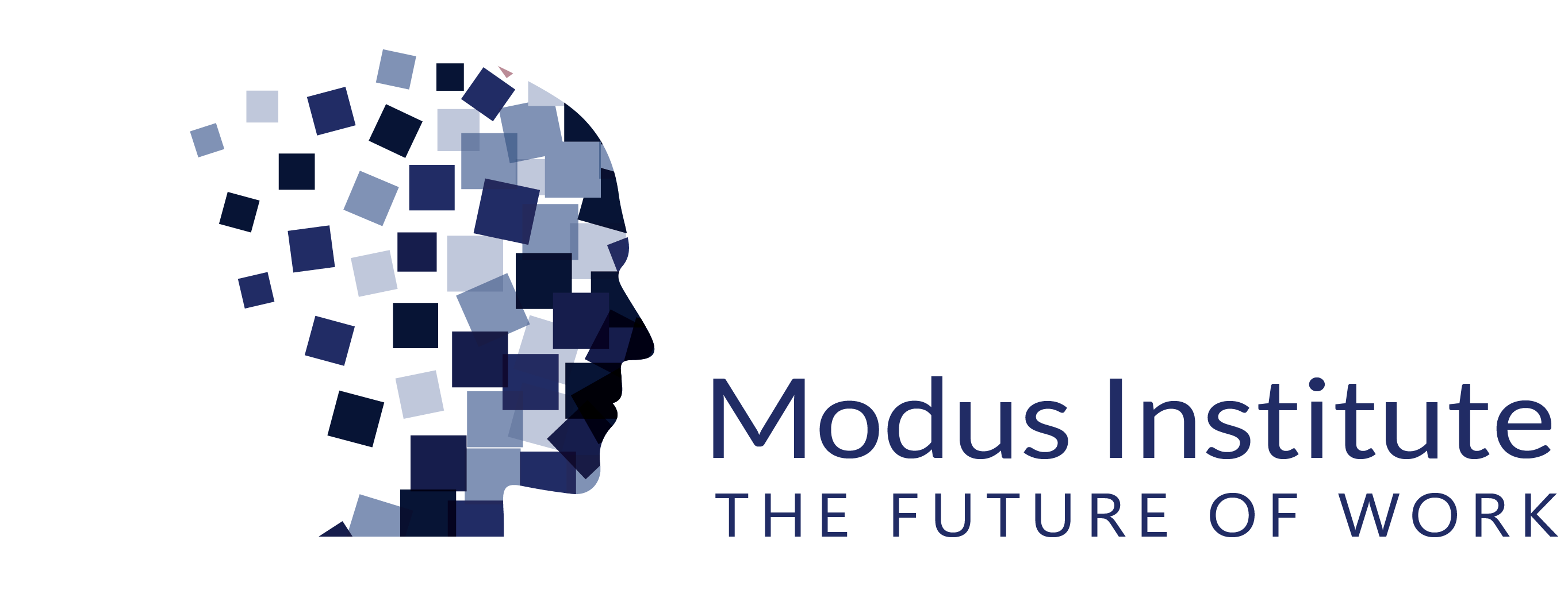Flow as a Lean Agile Lens
Nov 25
/
Jim Benson
In Lean there is Mura, the waste of unevenness.
It’s probably the most important, but also most overlooked, in the waste theatre.
For knowledge work, unnevenness primarily interrupts flow. It’s when you have work that you should do easily, but you don’t. There is this mura lying around that makes things harder than they need to be.
And most of this mura, we create ourselves. Unnecessary rules, needless decision making centralization, or simply not getting together and figuring out how we do things. So each professional on the team does predictable things in a slightly different way … making the predictable arbitrary.
It’s probably the most important, but also most overlooked, in the waste theatre.
For knowledge work, unnevenness primarily interrupts flow. It’s when you have work that you should do easily, but you don’t. There is this mura lying around that makes things harder than they need to be.
And most of this mura, we create ourselves. Unnecessary rules, needless decision making centralization, or simply not getting together and figuring out how we do things. So each professional on the team does predictable things in a slightly different way … making the predictable arbitrary.
This is part 4 of a series of 5 posts, see 5 Lean Agile Lenses: Introducing the System of Humane Management for more.
Lean Flow
Now, here’s the thing. We have three kinds of Lean flow:
If our aim is to create great product with an unhindered team, it is our job to make sure that all three kinds of Lean flow happen to the best extent possible. We do this primarily by removing obstacles and increasing opportunities for professionalism.
This causes us to confront the double-edged sword of something Lean calls “standard work.”
- operational flow (the flow of work),
- information flow (the flow of possibilities),
- and psychological flow (the flow of our own creativity and focus).
If our aim is to create great product with an unhindered team, it is our job to make sure that all three kinds of Lean flow happen to the best extent possible. We do this primarily by removing obstacles and increasing opportunities for professionalism.
This causes us to confront the double-edged sword of something Lean calls “standard work.”
Standard Work is a Gift
When we don’t define our standard work, we get stuck doing routine things. It is important to figure out what our standard work is and how to lower the unknowns or variation in doing it. This opens our time to be able to focus on non-standard work...which is plentiful and necessary in knowledge work.
However...
However...
Standard Work is a Drug
When we over-standardize our work, we inhibit flow by unnecessary rules and regulations. As commonly practiced, both Agile and Lean practitioners tend to over-standardize. Agile practices set rote time limits on planning periods, enforce regular meetings, and ignore the true cadences (or lack thereof) of the work they are engaged in.
In Lean, the drive to standardize work and drive out variation often comes at the expense of discovery, innovation, and growth. The use of a limited tool set and a hyper-focus on Toyota process often ignores the ample process innovations that can happen at any specific and unique company.
In Lean, the drive to standardize work and drive out variation often comes at the expense of discovery, innovation, and growth. The use of a limited tool set and a hyper-focus on Toyota process often ignores the ample process innovations that can happen at any specific and unique company.

Using Flow as a Lens
The idea of Lean flow starts with the goal of the reduction of Mura. But that’s jargon…
Better flow is achieved by removing impediments to how we work, how we learn, and how we achieve professional satisfaction.
That simultaneously obvious, intense, and rarely even attempted.
It’s easy to use a tool or engage in someone else’s ideas. It’s much more difficult to step back, look at your own work and culture, and commit to optimizing them yourself.
Ironically, this is what both Lean and Agile preach. It is the essence of both.
Better flow is achieved by removing impediments to how we work, how we learn, and how we achieve professional satisfaction.
That simultaneously obvious, intense, and rarely even attempted.
It’s easy to use a tool or engage in someone else’s ideas. It’s much more difficult to step back, look at your own work and culture, and commit to optimizing them yourself.
Ironically, this is what both Lean and Agile preach. It is the essence of both.
This is What We Do 🥰 - Come Join
If these ideas are interesting, you should check out our Lean Agile Visual Management (LAVM) Program.
Our primary goal is to help people work together in more visual, aligned, and supportive ways. Take a look or chat with us.
The world seriously needs people who can do this.
Our primary goal is to help people work together in more visual, aligned, and supportive ways. Take a look or chat with us.
The world seriously needs people who can do this.


We are an online educational platform that helps professionals and aspiring individuals to succeed in their goals.
Copyright © 2025